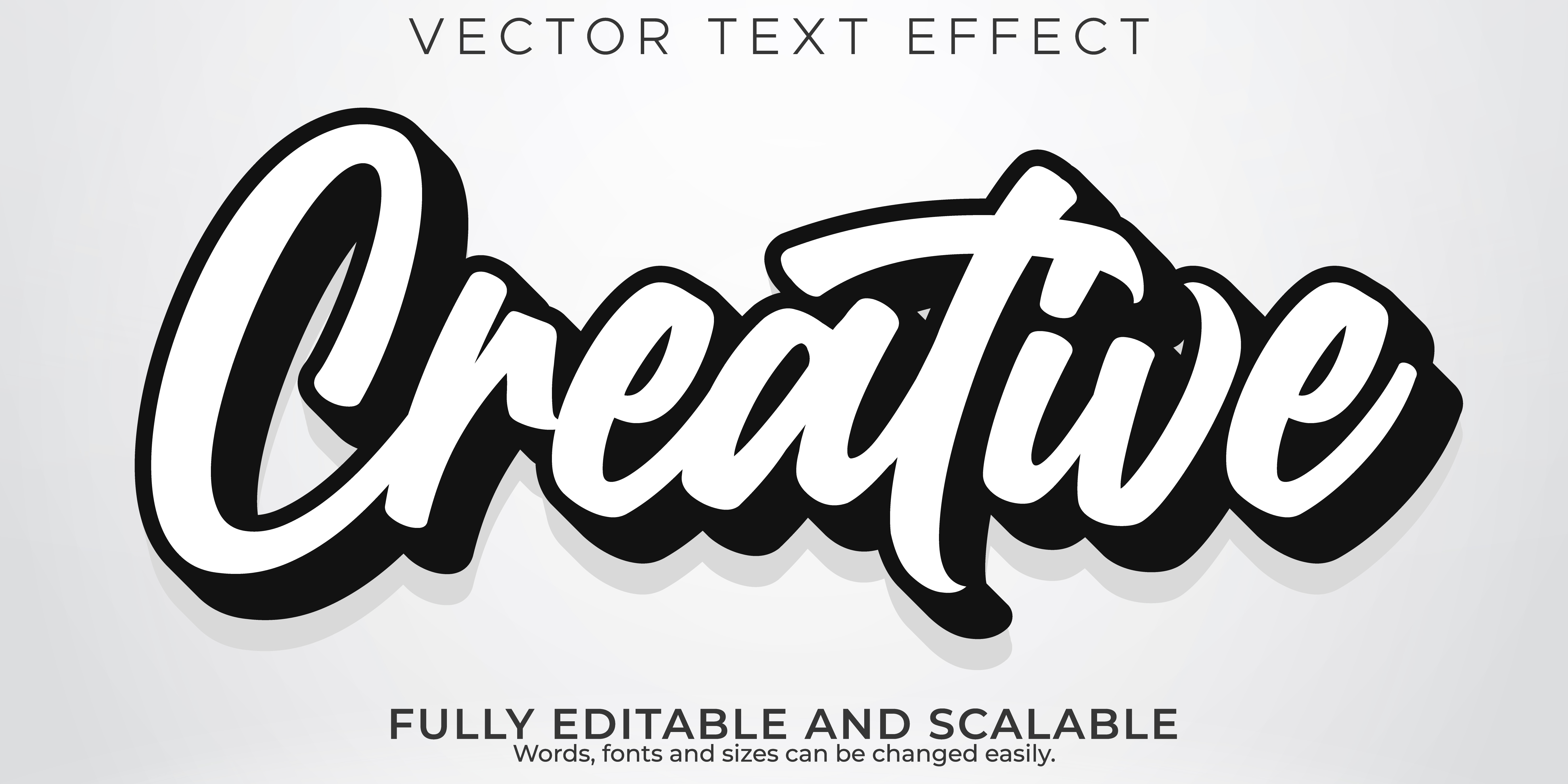305-209-4604Mon-Fr 9a.m.-6p.m.
The Basics of Fonts & Typography
01/03/2023
by Chris McDaniel

What is Typography?
Typography is defined as the art or technique of arranging type, type design, or modifying type glyphs. In other words, it’s how text appears on a page. Typefaces are specific styles of lettering that can be used to create different types of typography designs. A font is a set of characters within a typeface that share common design features such as line thickness, spacing, slant, etc. It's important to understand how these elements interact with each other in order to create an effective design.
History of Typography
Typography has been around for centuries, but it wasn't until Gutenberg invented the printing press in the 15th century that it really took off. Before Gutenberg’s invention, all written communication was done by hand and was very time-consuming. By introducing movable type and a standardized alphabet, he made it much easier to produce printed books and documents quickly and efficiently. This was a major turning point in human history because it allowed for widespread dissemination of information in an unprecedented way. Since then, there have been many advances in type design which have enabled us to create even more sophisticated typographic designs than ever before.
Choosing Fonts & Design Elements
When selecting fonts for your project, you'll want to consider both aesthetic appeal and readability. For example, if you're creating a website or newsletter layout you may want to choose a modern sans serif font such as Arial or Helvetica for body copy since they are easier to read on-screen than serif fonts like Times New Roman or Garamond (which are better suited for print). Additionally, when designing with text elements such as headings or quotes you may want to choose decorative fonts that will help draw attention and add visual interest to your layout. Lastly, pay attention to kerning (the space between individual letters) and leading (the space between lines) when setting your type; adjusting these two elements can greatly improve readability by making sure there’s enough white space around each character so they don't blend together into an unreadable blob!
Understanding the basics of fonts and typography will help ensure that your project looks professional while still being aesthetically pleasing. Choosing the right font style depends on what kind of document you are creating; if it needs to be easily readable on-screen then using sans serif fonts is probably best whereas if you're designing something for print then using serif fonts may be preferable due to their increased legibility at small sizes. Decorative fonts can also be used for titles or quotes if you want something that stands out from the rest of the text - just remember not to overdo it! With these tips in mind, you should feel confident about selecting high-quality fonts and typographic elements for any project!
--------------------------------------
ZapMyWork.com is your one-stop shop for all your freelance needs. We are an online marketplace that connects clients with skilled and talented freelancers from around the world. One of the things that sets us apart from other freelance marketplaces is our rigorous screening process. We carefully vet all of our freelancers to ensure that they have the skills and experience to deliver high-quality work. We also provide a rating system, so that clients can see the feedback and reviews of previous clients. Thank you for choosing ZapMyWork.com. We're here to make your life easier, one project at a time. Let us know how we can help you today!
Recent Posts
-
04/26/2024Thriving Through Flexibility: How FlexiConsulting Found Success with ZapMyWork
-
04/19/2024Flourishing Home Trends: How "ZapMyWork" Became the Cornerstone of Our Interior Design Success
-
04/15/2024Weaving Success with ZapMyWork's Freelance Marketplace
-
04/12/2024Streamlining Project Management in Small Businesses: The ZapMyWork Experience with ClearVision Consulting
-
04/10/2024Transforming Toy Design with Electronics Engineering Freelancers: A Case Study on ToyInnovate
Store Address
Information
Copyright © 2022 - Present. ZapMyWork, LLC. All Rights Reserved




